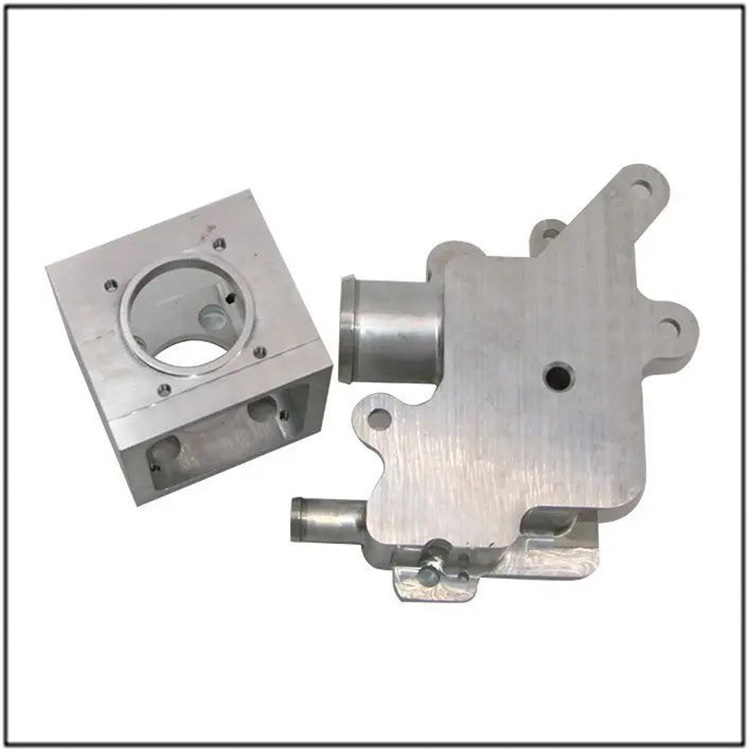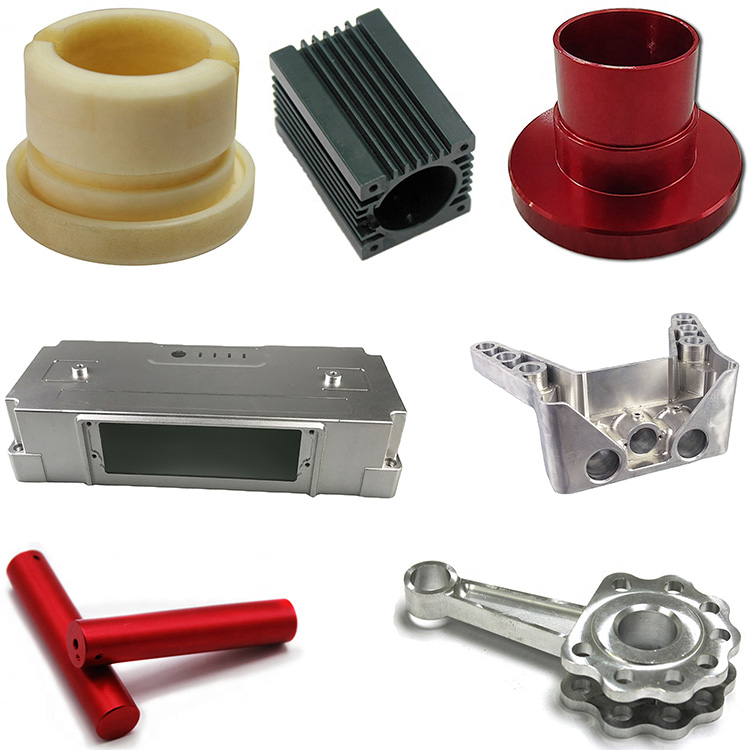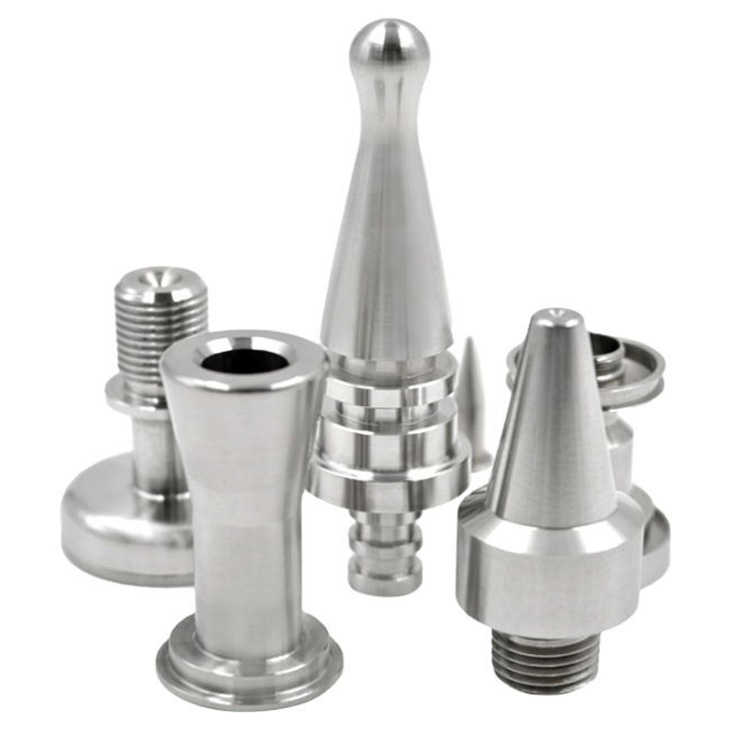
Why Can The Ultrasound Also Be Used For Precision Machining?
The vibrations that propagate in gases, liquids, solids, etc. are called "sound waves". In sound waves, high-frequency sound waves that cannot be heard by the ear are called "ultrasonic waves".
Nowadays, ultrasound is not only used for cleaning and measurement, but also for various purposes such as precision machining. This time we will talk about ultrasonic processing.
What is ultrasonic processing
There are various processing methods for industrial materials, such as machining, grinding, stamping, etc. Ultrasonic machining is a technique that combines ultrasonic vibration with these traditional machining methods. For example, ultrasonic machining is the process of cutting the workpiece using ultrasonic vibration machining tools.
When performing ultrasonic machining, an ultrasonic oscillator (usually referred to as a BL oscillator) is used to generate ultrasonic waves and provide electrical signals to piezoelectric elements, which can generate ultrasonic vibrations ranging from 15kHz to 200kHz.
Types of Ultrasonic Processing
Traditional processing techniques include subtractive processing (a method of removing unwanted parts from raw materials) and non subtractive processing (a method of deforming raw materials). Ultrasonic waves can be applied to any of these methods.
This time, we will introduce various types of ultrasonic machining, including abrasive machining and machining, namely removal machining, as well as bonding techniques combined with ultrasonic waves.
Ultrasonic abrasive machining
Ultrasonic abrasive machining is a method of incorporating ultrasonic waves into abrasive machining (abrasive grains are high hardness particles that are gradually cut off with abrasive grains).
Ultrasonic abrasive machining, which involves injecting a suspension of abrasive particles between the tool and the object being machined under ultrasonic vibration. The tool in vibration collides with the abrasive particles, and at the same time, the abrasive particles that obtain vibration energy from the tool collide with the machining material and gradually cut off the surface. The essence of cutting raw materials is abrasive particles, and ultrasonic waves play an auxiliary role.
In ultrasonic abrasive machining, by using high-frequency vibration of ultrasonic waves, finer and higher precision machining can be achieved than before. It can also process hard and brittle materials that were previously difficult to process. In addition, processing time is greatly reduced.
Ultrasonic machining
Ultrasonic machining is a combination of machining and ultrasonic vibration. Cutting the workpiece while the tool is subjected to ultrasonic vibration.
In ultrasonic machining, ultrasonic vibration is usually applied in the same direction as the cutting direction. That is, the tool repeatedly contacts the workpiece (cutting the workpiece) and moves away from the workpiece according to the vibration cycle. In this way, in ultrasonic cutting, there is a time for the tool to separate from the object being machined, thereby reducing the force applied to the tool and improving machining accuracy. Similarly, the heat generated by cutting is also reduced, thus preventing the object being machined from deteriorating due to overheating.
In summary, ultrasonic machining has many advantages. However, due to the lack of cutting time, there is a disadvantage of longer processing time.
Ultrasonic bonding
Ultrasonic bonding is a technique that integrates ultrasonic vibration into pressure welding (a method of bonding samples tightly together by applying pressure). The key to pressure welding is to remove dirt from the surface of the sample and keep it clean, in which case ultrasonic waves will be effective.
Ultrasonic bonding is mainly used for bonding between metals. After overlapping two metal samples vertically, apply ultrasonic vibration to the upper sample. When the upper sample is pressed onto the lower sample in this state, ultrasonic vibration removes dirt (oxide film, etc.) from the surfaces of both samples. This way, the raw materials can be joined beautifully.
Ultrasonic bonding does not use thermal energy, so it can bond dissimilar metals with different melting points. And the bonding will not change the mechanical or electrical properties of the metal.
Ultrasonic welding
In ultrasonic welding, the resin is partially melted and welded due to the vibration and pressure generated by ultrasonic waves. Almost all thermoplastic resins can be processed. Its characteristic is that due to the small heating range, it has less thermal impact on resin parts.
The purpose of ultrasonic processing
In ultrasonic abrasive machining and ultrasonic machining, the high-frequency vibration of ultrasonic waves can be used for detailed and high-precision machining. Therefore, these technologies are widely used in the processing of hard and brittle materials such as ceramics, gemstones, and glass. Due to the fact that it does not generate heat and can obtain a clean profile, it is also used for resin machining.
On the other hand, ultrasonic bonding is suitable for metal bonding of fine electrical contact parts such as batteries, power devices, and substrates. The application of lithium-ion batteries has also attracted much attention.
summary
Ultrasonic machining is a technology that combines traditional machining methods with ultrasonic waves, and has some advantages and features that traditional machining methods do not have.
In addition to the methods introduced here, there are various ultrasonic treatment methods. When using ultrasound for processing, it is important to understand the characteristics of each method before selecting the most suitable one.










